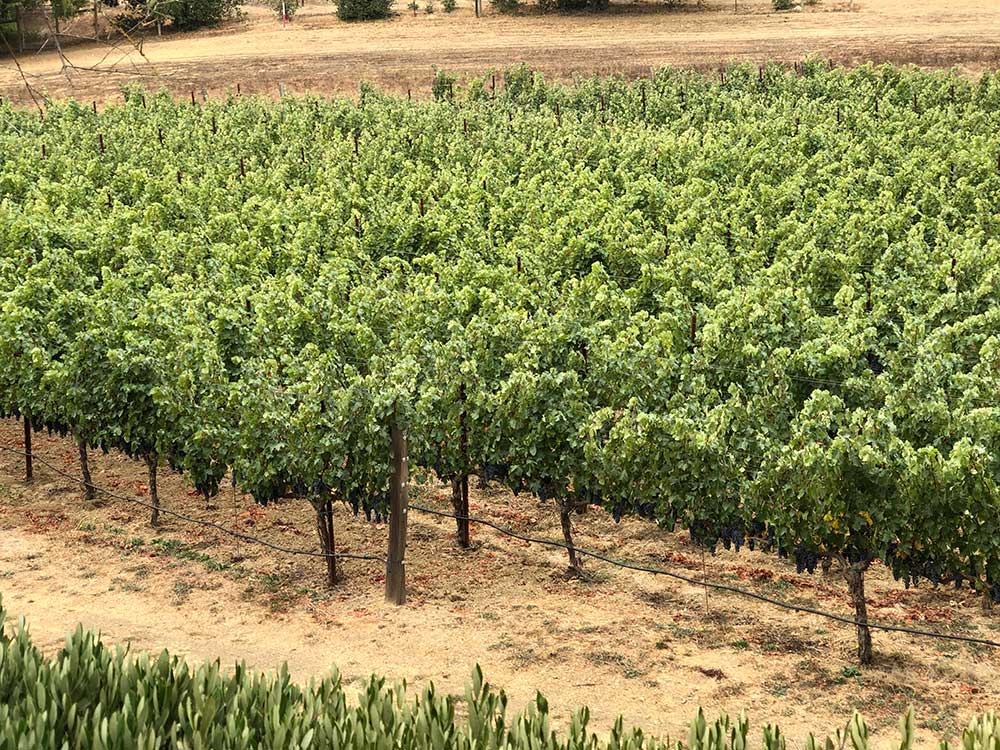Why are California Wines So Expensive?
Take a quick turn through a wine shop or compare the prices on any given restaurant wine list, and you’ll notice a significant difference between the cost of a 1996 Cabernet Sauvignon from California compared to a 1996 Cabernet Sauvignon from South Africa.
Is a $5,000 bottle of Cabernet Sauvignon super tasty? Aren’t there less expensive bottles of Cabernet Sauvignon that are just as good? What makes California wines so expensive?
Turns out, what makes a California wine expensive is a little more nuanced than supply and demand or even quality. Here are the number of elements that can influence a wine’s price.
Wine’s Unique Economics
While supply and demand do definitely influence the price of wine – the law of supply and demand doesn’t rule the price of California wine. There are many factors that a winery takes into consideration when pricing their wine and supply is not always one of them.
Many a wine club member over the years has been lucky enough to receive in their regular club shipments unforgettable, collectible vintages that would retail for much more.
Growing Region Whether it’s the venerable notoriety of Napa Valley or the celebrated approachability of Lake County, a growing region’s proven qualities set the bar for a winery’s price range. Growing regions with conditions that reliably produce juice with consistent quality, translation of terroir, and ability to age make for collectible, make noted, cellar-worthy wine that commands an expected high price.
Vintage Weather has a profound influence on the price of wine. A vintage bottle captures all the conditions of a single growing year. Rare vintages are champions of ideal growing conditions and are priced accordingly.
Vineyard Management and Care at Harvest Many say, wine is made in the vineyard and that’s where the finest wineries directly or indirectly invest their money. The most collectible wine unwaveringly comes from the balance between canopy and fruit, expert fruit thinning, solar positioning, and harvest. Some of the most expensive houses across California only press hand-harvested, destemmed grapes that have passed inspection. The care that is put into each cluster is reflected in the price of a bottle of wine.
Overhead Winemaking requires a lot of different equipment. The expense sheet includes grape presses, fermentation equipment, storage vessels, and tasting room furnishings. To equip a tiny, 2,000 case winery, can cost a hearty six figures. Add to that licensing, insurance, and taxes and it suddenly becomes amazing that wine doesn’t cost more!
Variables A number of variables could alter the figures for any given winery. A winery’s bottle price has to bear the many unknowns of agriculture and the unpredictability of the supply chain. Year to year fluctuations in juice quality and yields, temperatures during fermentation, length of fermentation, aging, cooperage, labor, bottle cost, bottling, and even the ability to get grapes are all things that keep a winery owner up a night and all elements that drive price.
